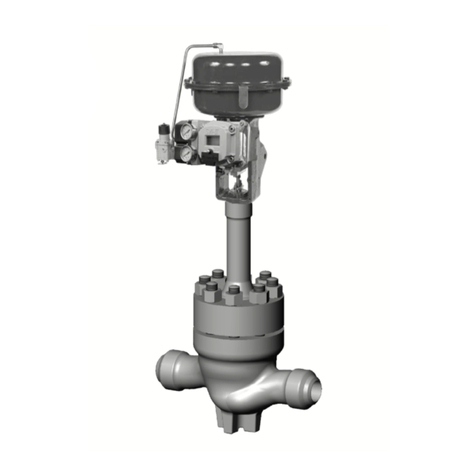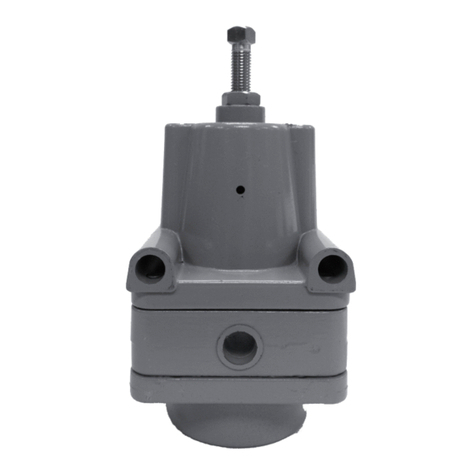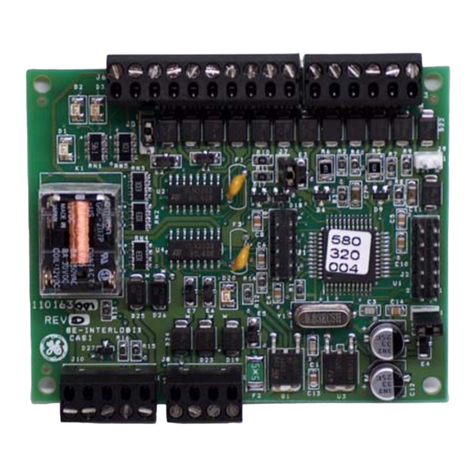GE CR194 User manual
Other GE Control Unit manuals
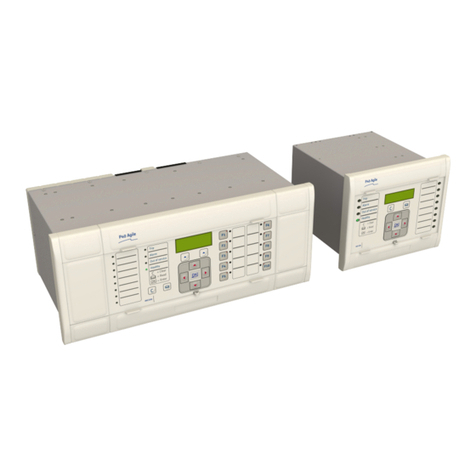
GE
GE MiCOM P40 Agile User manual
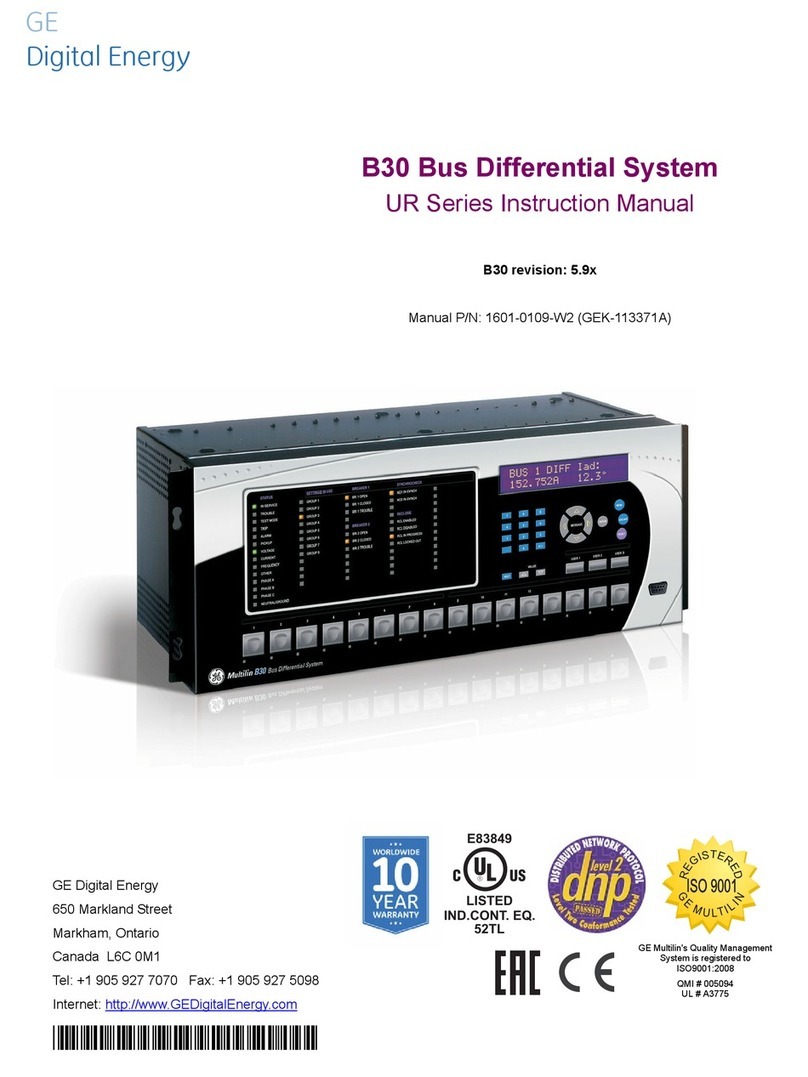
GE
GE B30 UR Series User manual
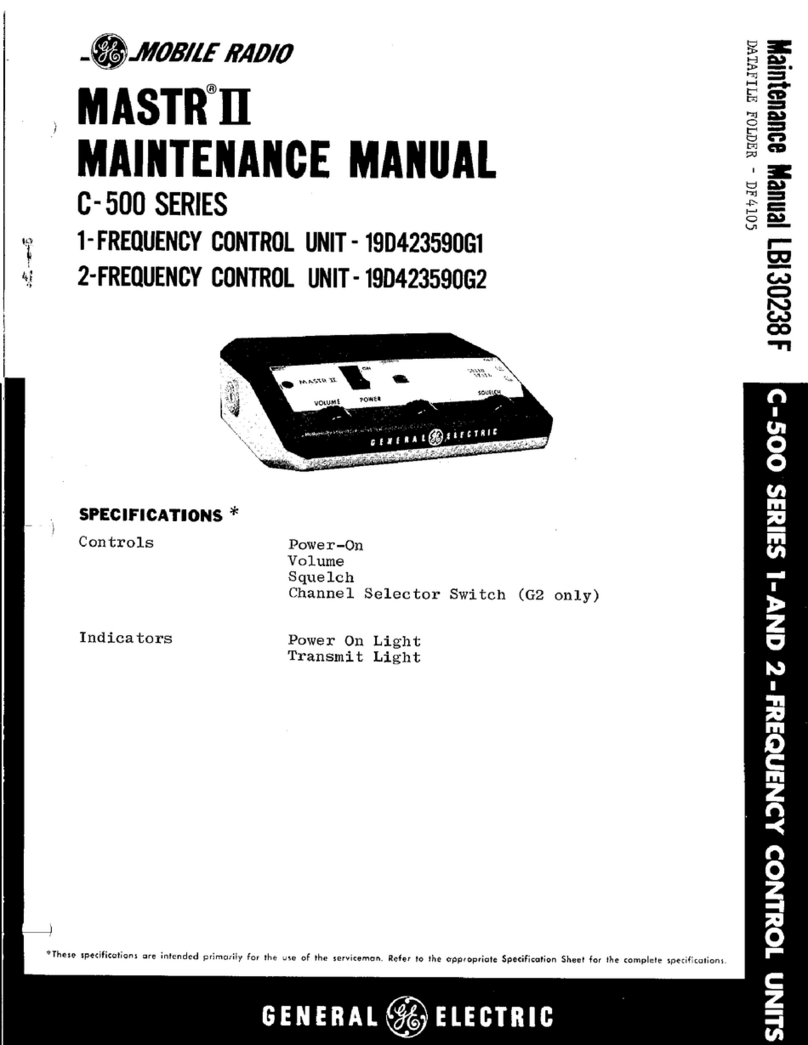
GE
GE MASTR-2 C-500 Series User manual
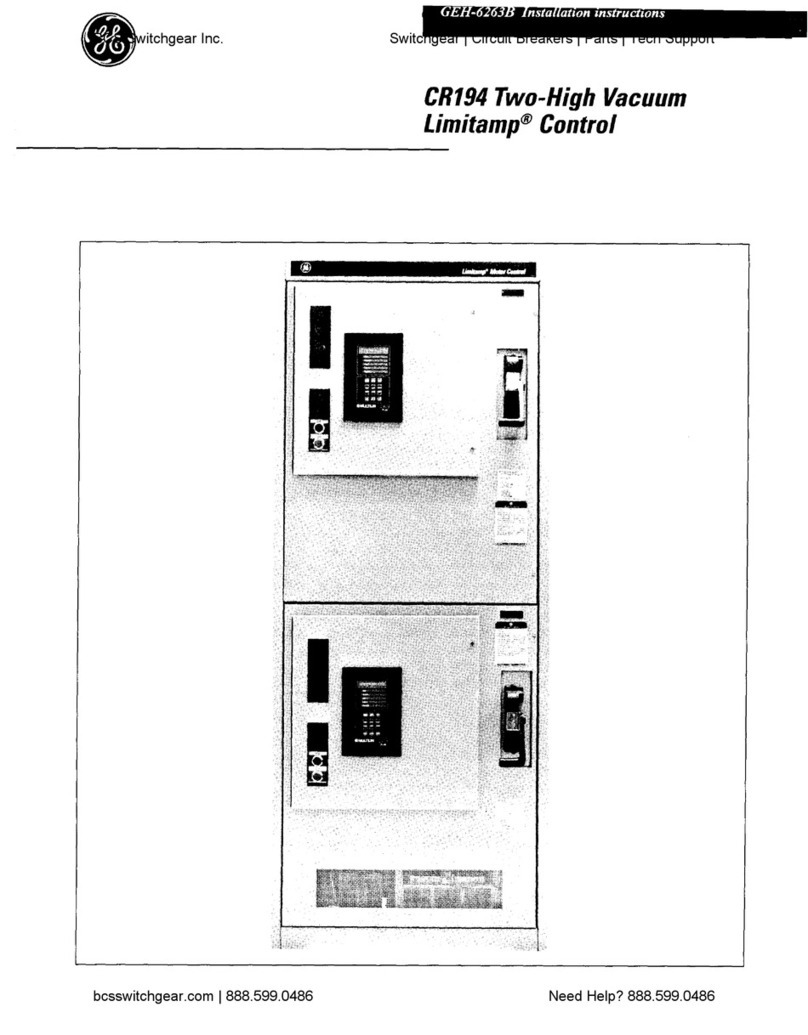
GE
GE CR194 User manual
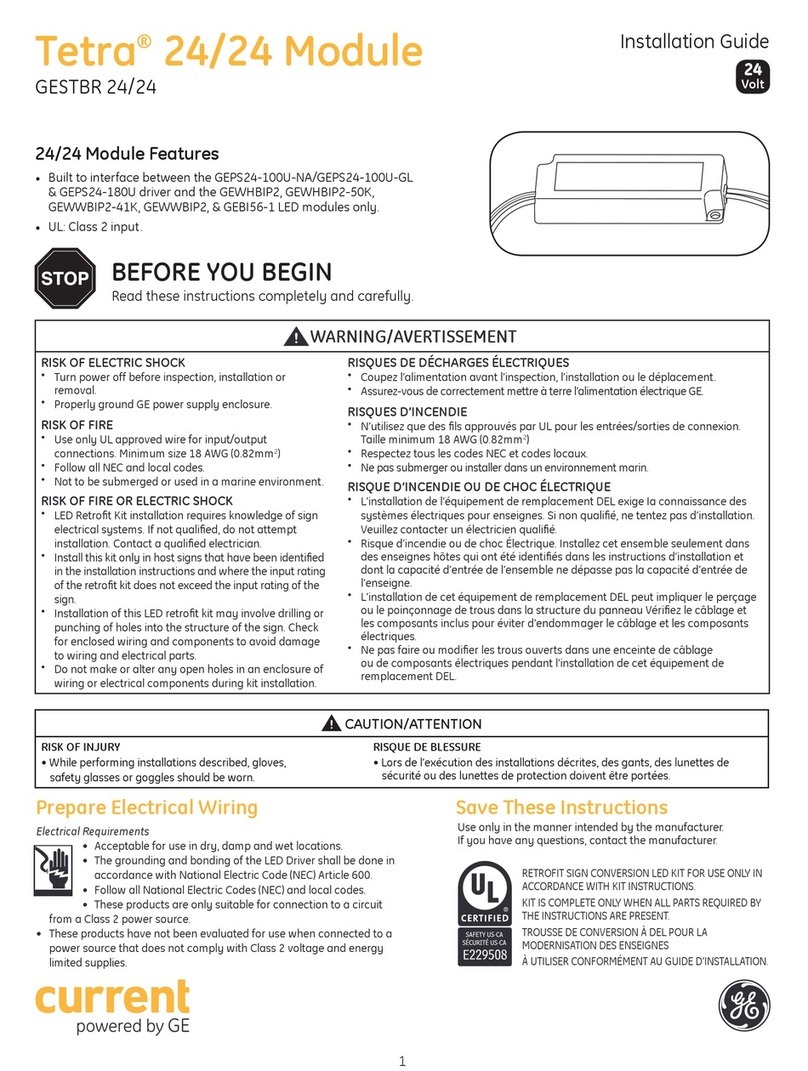
GE
GE Tetra 24/24 User manual
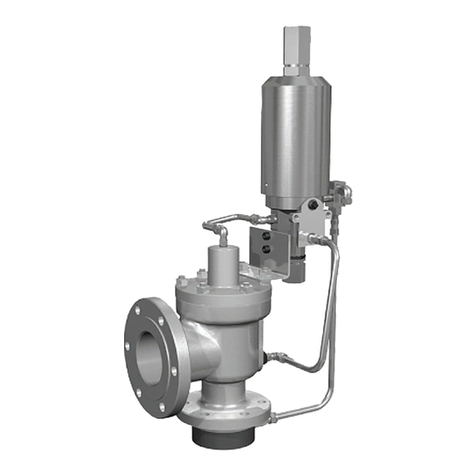
GE
GE Baker Hughes 2900-40 Series User manual
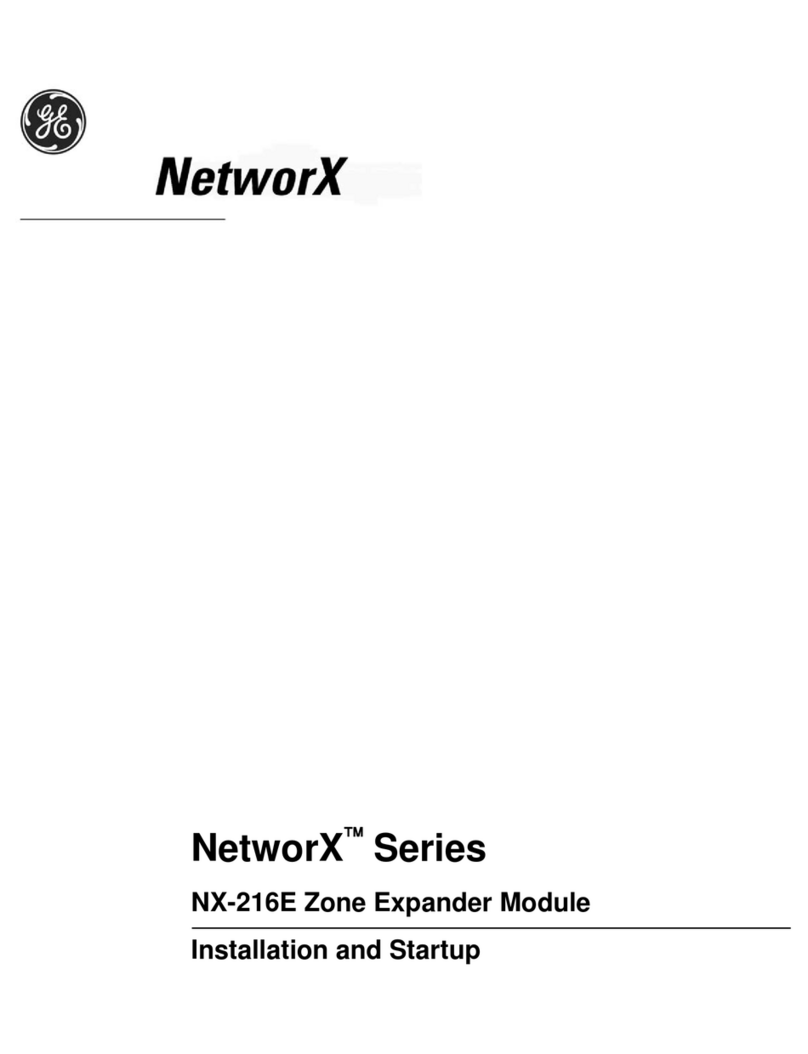
GE
GE NetworX Series Installation manual

GE
GE MiCOM P40 Agile User manual
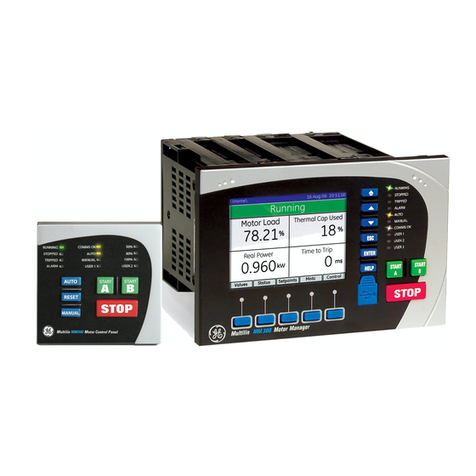
GE
GE Multilin MM300 User manual
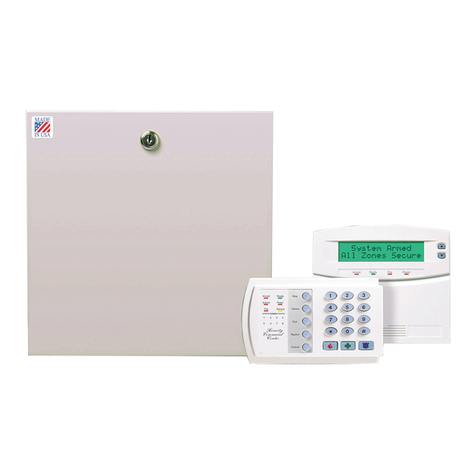
GE
GE NetworX Series User manual
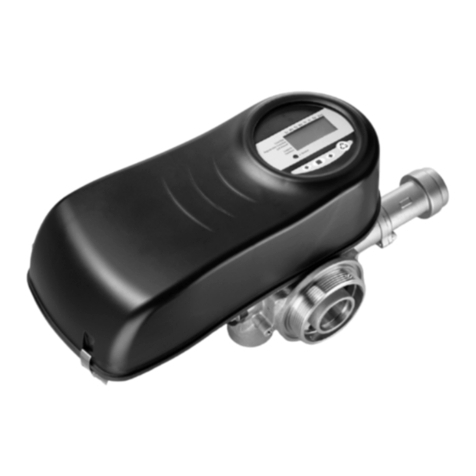
GE
GE TLE Scalable 150 User manual
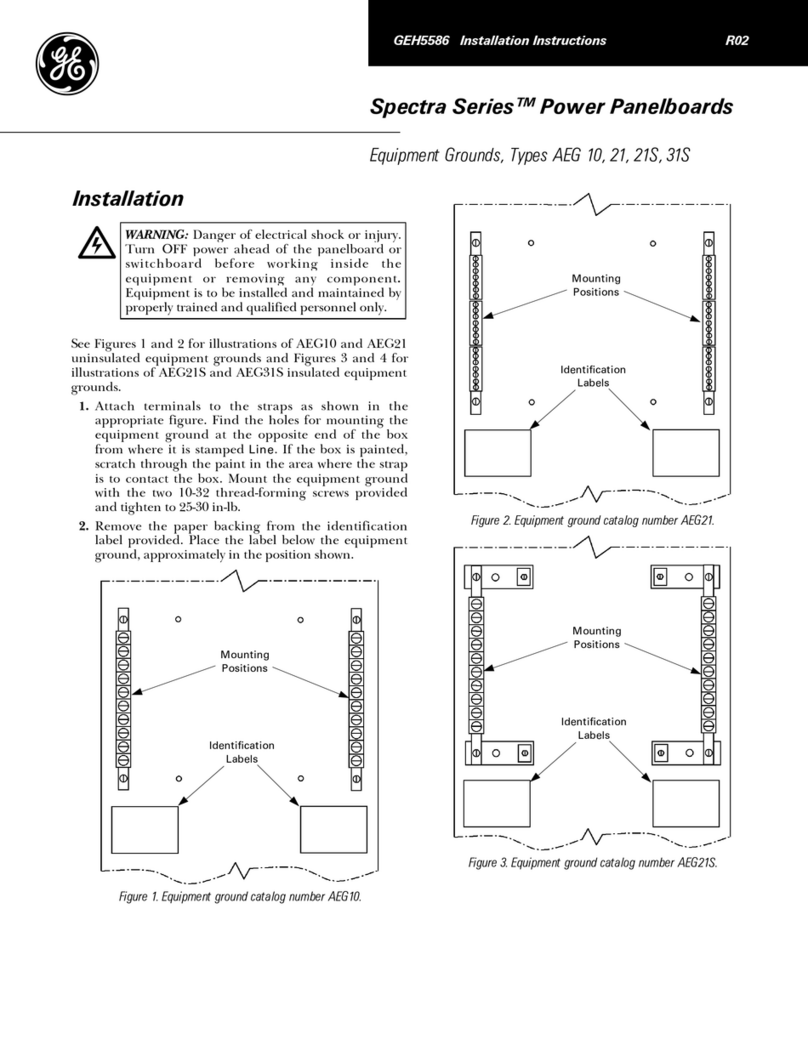
GE
GE Spectra Series User manual
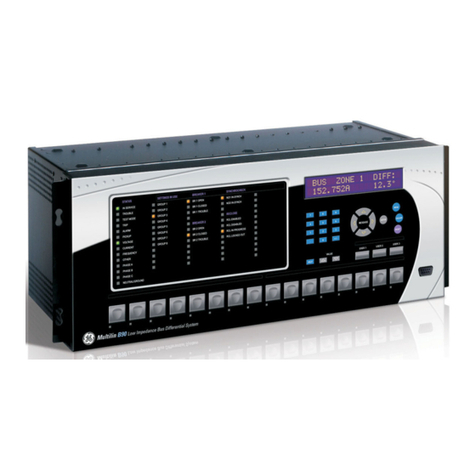
GE
GE B90 UR Series User manual

GE
GE ARITECH ATS7300 User manual

GE
GE L60 User manual
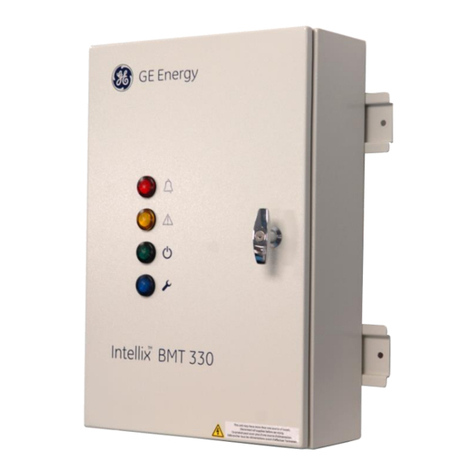
GE
GE Intellix BMT 330 User manual
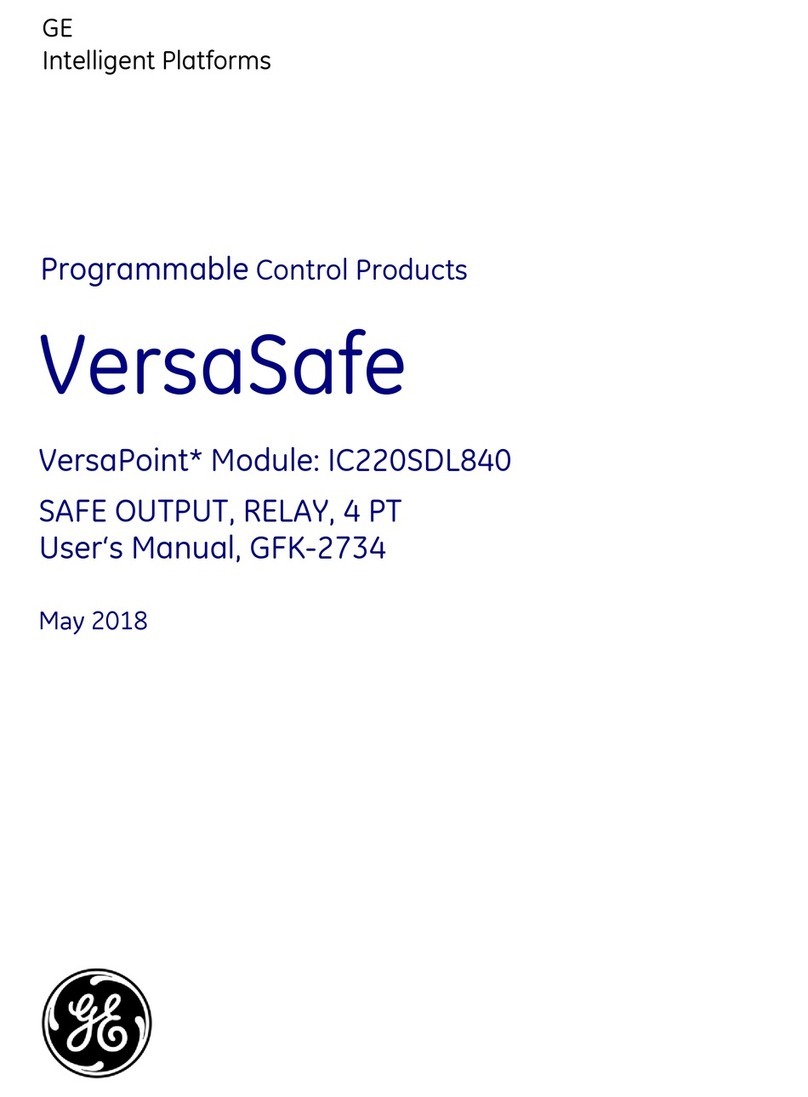
GE
GE VersaSafe VersaPoint IC220SDL840 User manual
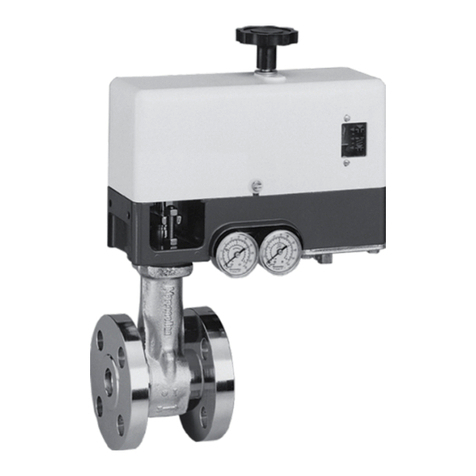
GE
GE Masoneilan VariPak 28001 User manual
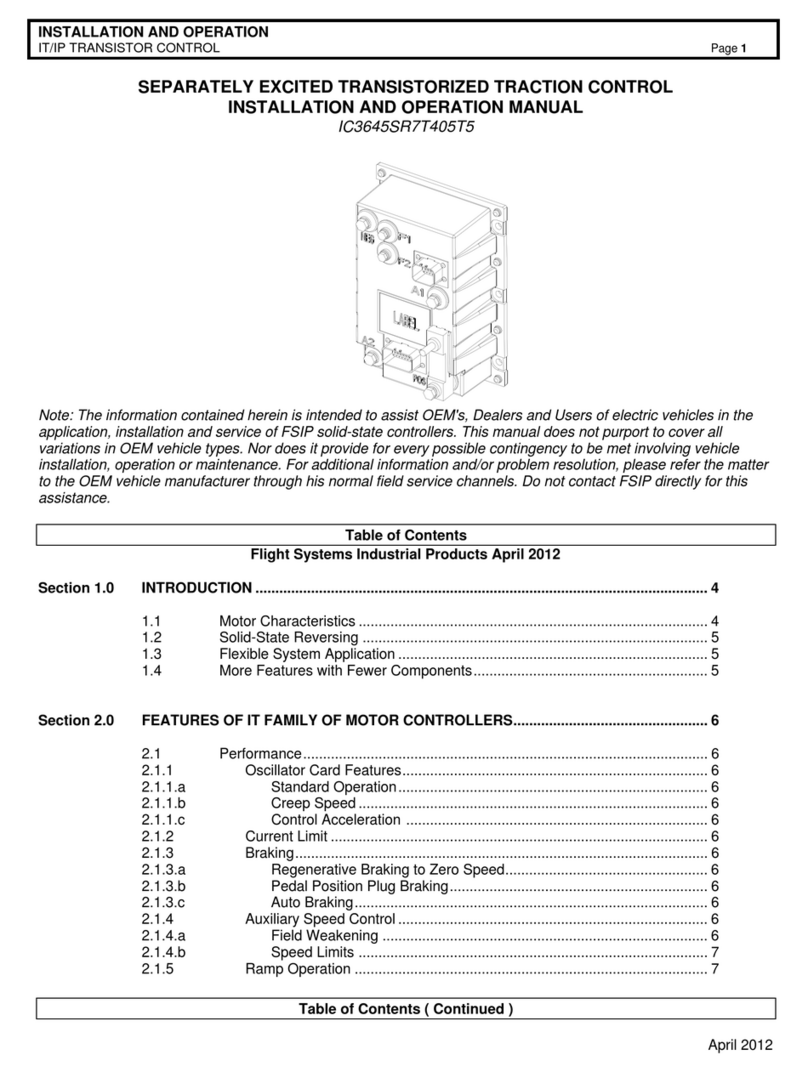
GE
GE IC3645SR7T405T5 User manual
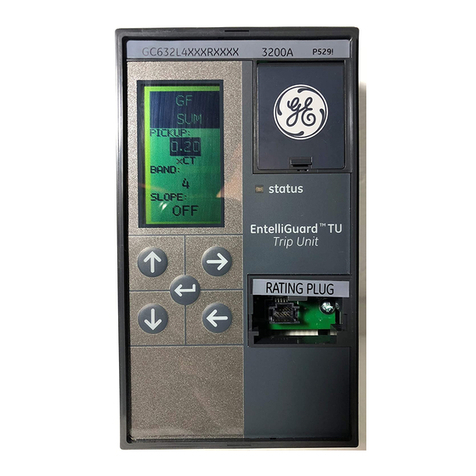
GE
GE EntelliGuard TU User manual
